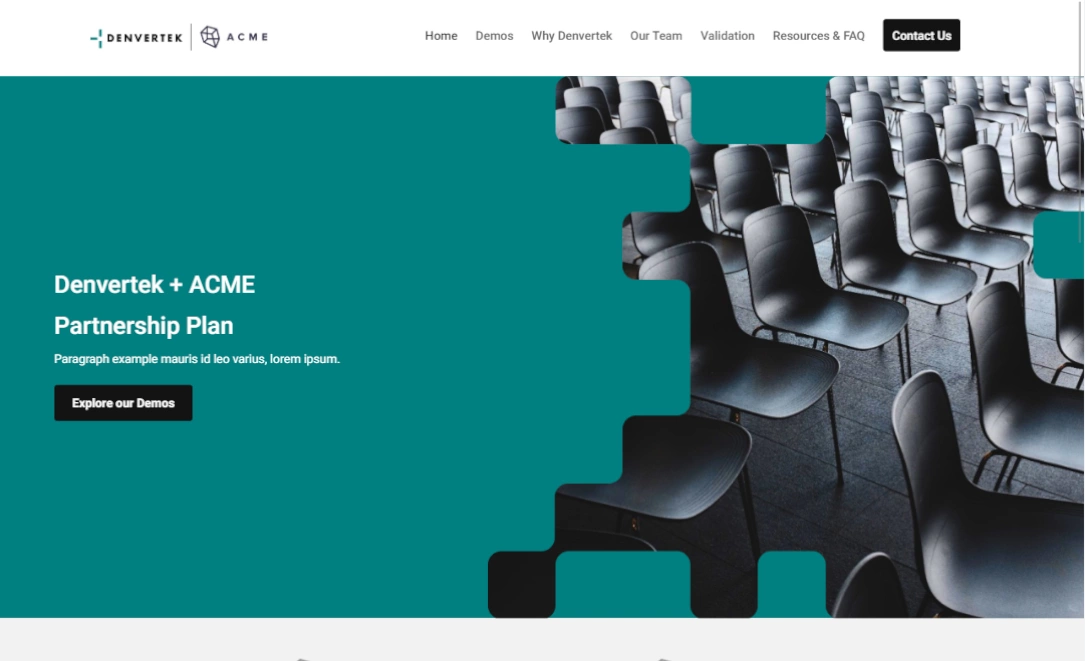Introduction
Themes and templates offer a user-friendly way to create and manage these microsites, ensuring an appealing and on-brand online presence. In this article, we’ll explore what themes and templates are, their differences, and how they are used in various real-world scenarios. By understanding the value of these tools, you’ll be better equipped to create compelling and on-brand micro sites that effectively engage your target audience.
What is a Theme?
A theme is a set of predefined style choices that give a website or microsite its look. These professionally designed themes ensure that sites look appealing and adhere to brand guidelines. They include:
- Colors
- Fonts
- Visual elements like buttons and headers
Using a theme not only saves time and effort in creating websites but also allows you to focus on content without worrying about going off-brand. Themes offer customization options so that you can adjust the appearance of your site to better match your needs.
Professionally designed base themes are provided by Zoomforth, but you also have the option to create themes yourself. This flexibility enables you to experiment with different styles or create variations of existing themes to suit your unique needs.
What is a Template?
A template is a pre-built structure that serves as a starting point for creating new sites. It consists of pages, layouts, and content elements that can be easily customized to fit specific needs. By using a template, businesses can create microsites efficiently, without having to build a site from scratch. The adaptability and flexibility of templates make them suitable for various purposes, such as event marketing, proposal submissions, or onboarding portals.
Real-World Examples
Imagine a company submitting an RFP response in the form of a microsite. By using a pre-designed theme and a RFP response template, they can quickly create a microsite that showcases their offerings while adhering to their brand guidelines. Additionally, consider an organization that needs to create an onboarding portal for their new employees. Using a theme and a template, they can develop an online resource portal that makes it easy for their new hires to access all the information and resources they need to get started.
Conclusion
In conclusion, themes and templates play an essential role in the creation of microsites. They help businesses maintain brand consistency, streamline the website creation process, and efficiently deliver their message to target audiences. By understanding the nuances of themes and templates, businesses can harness the power of these tools to create compelling, on-brand microsites that resonate with their clients and achieve their desired outcomes.



